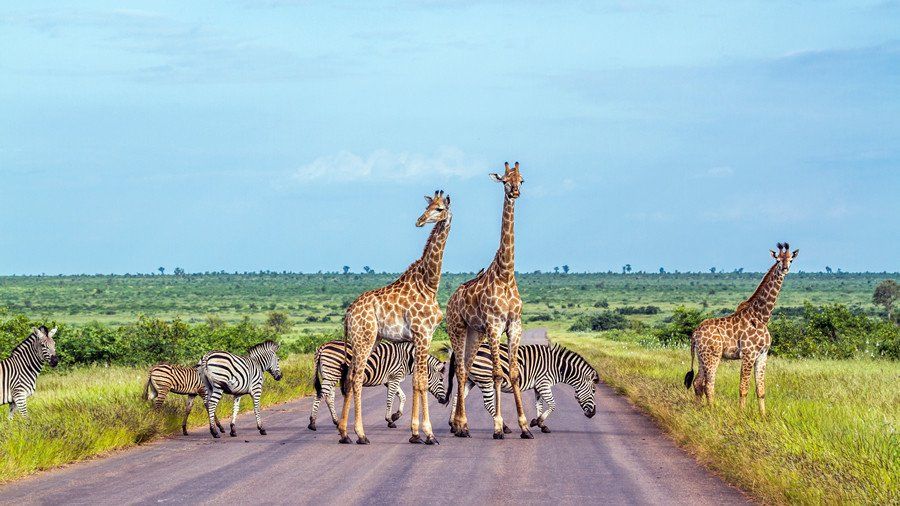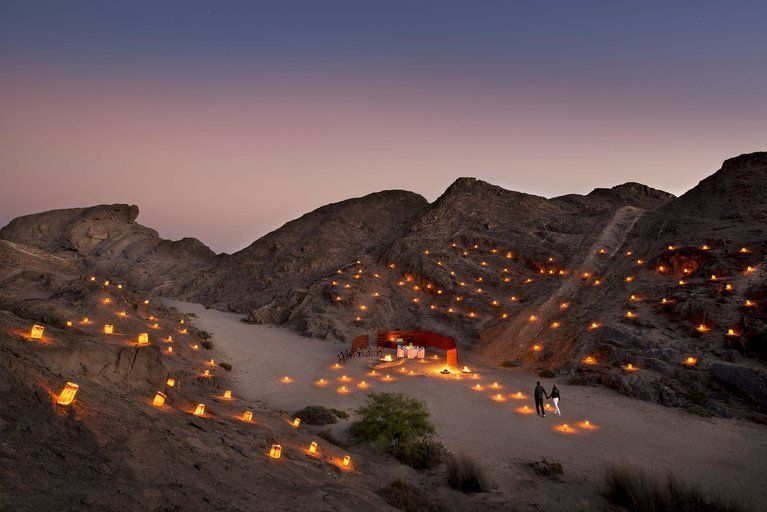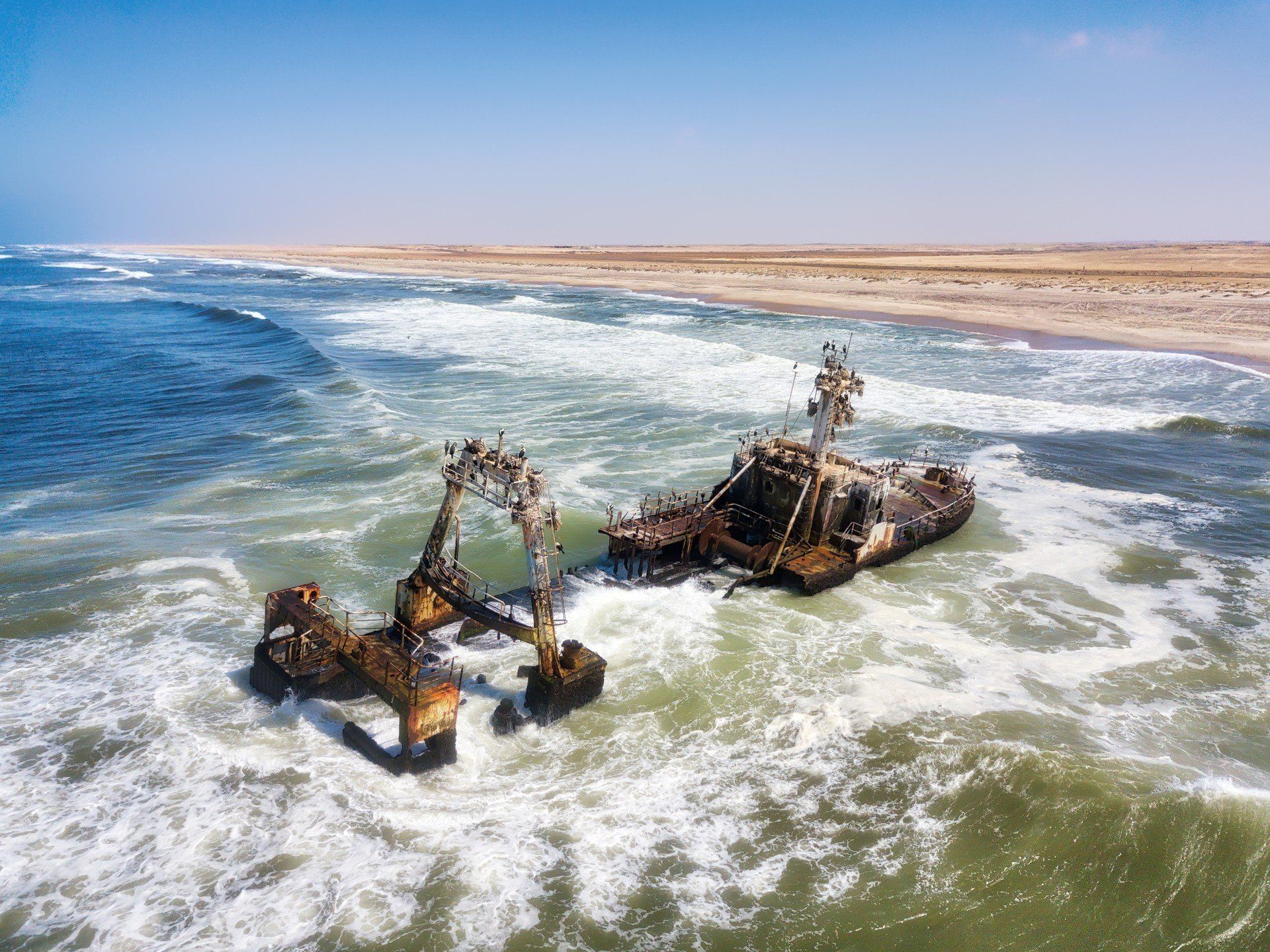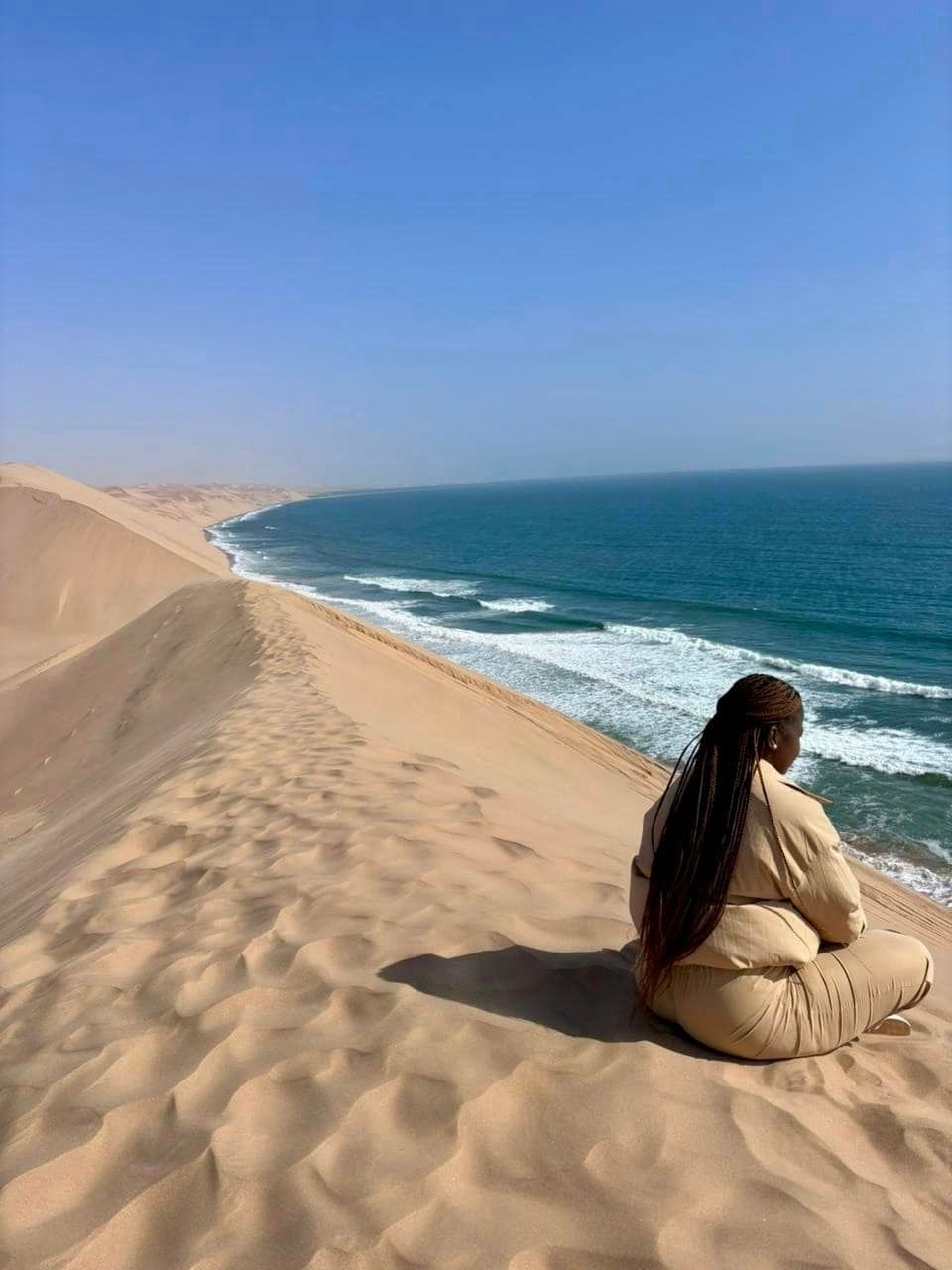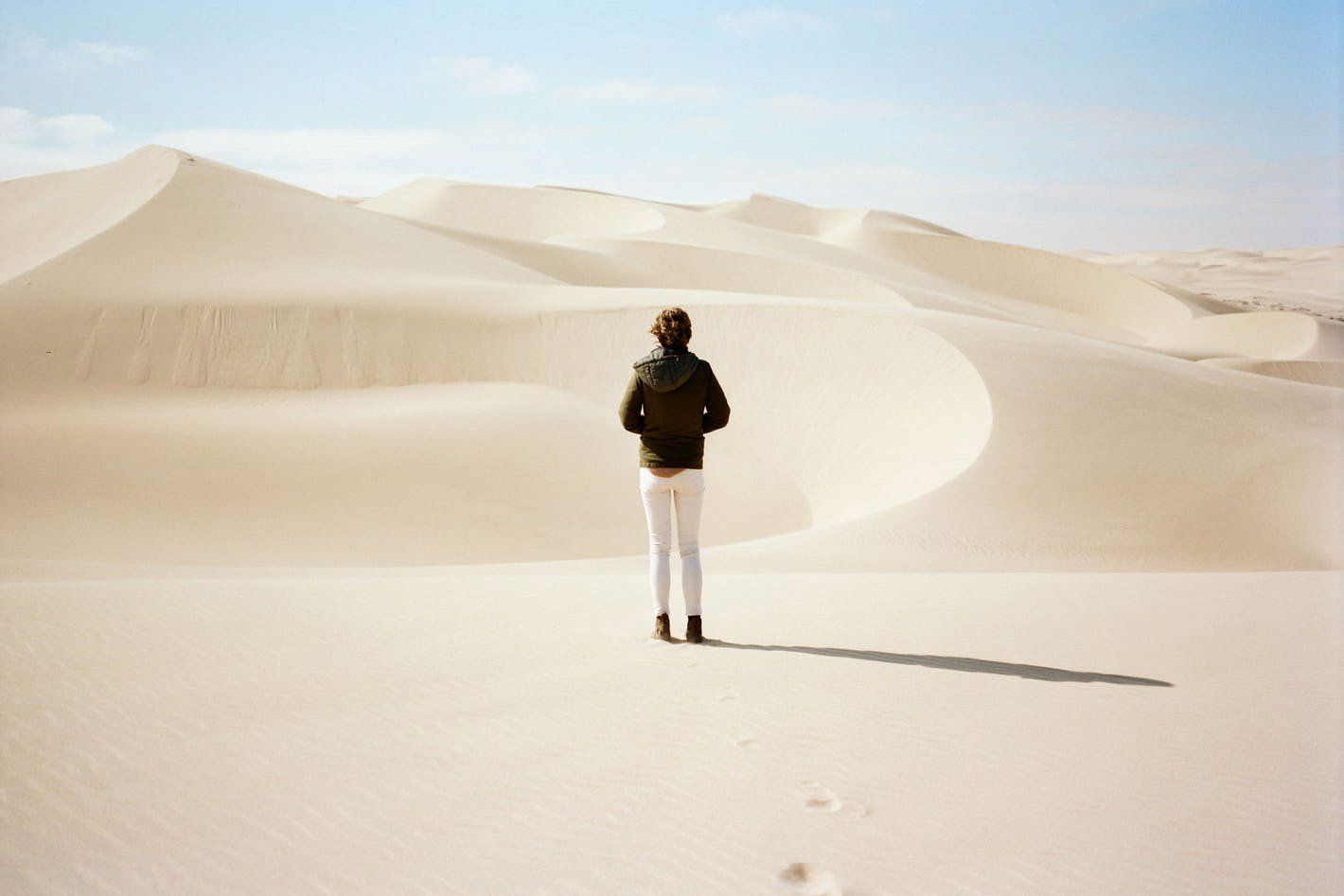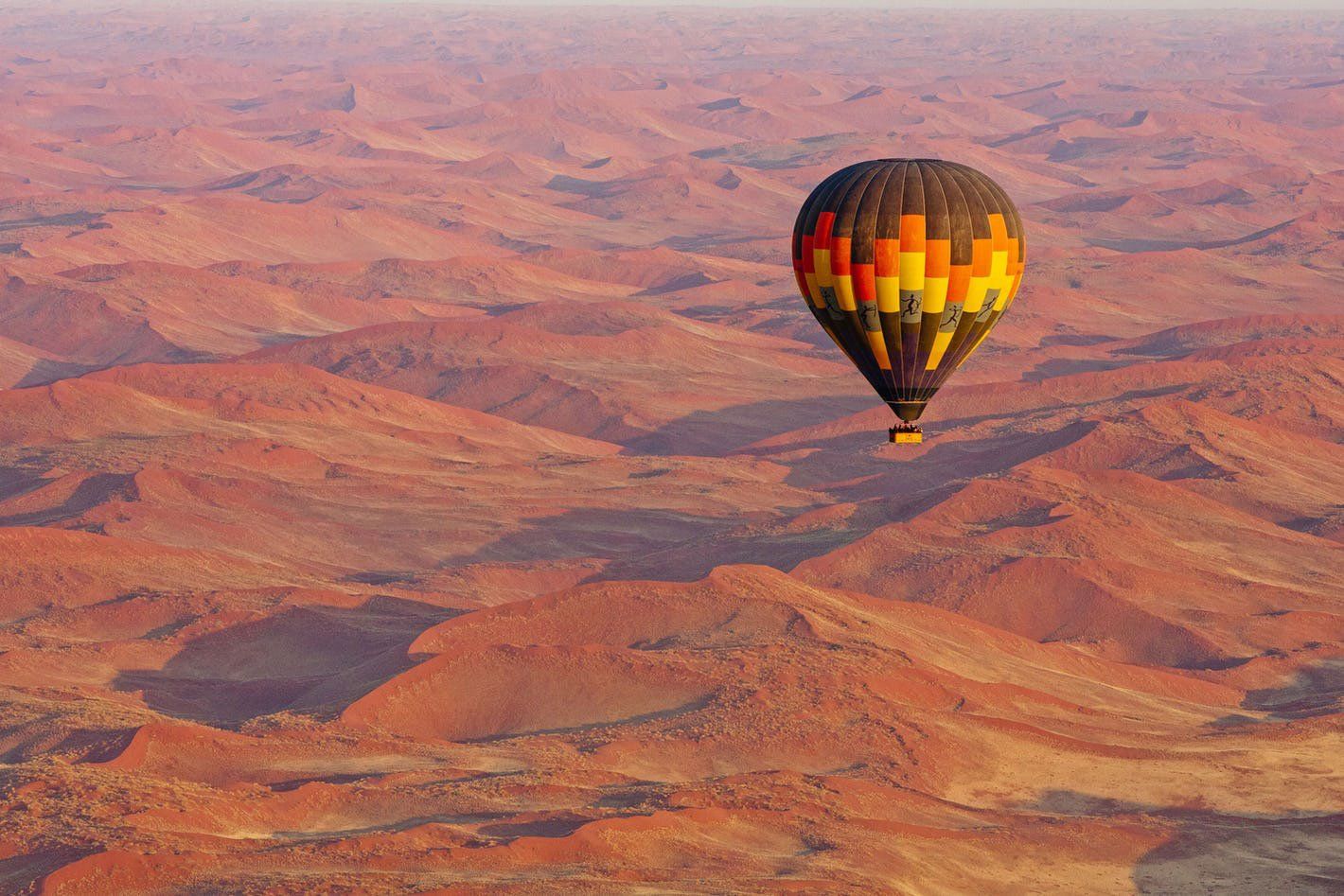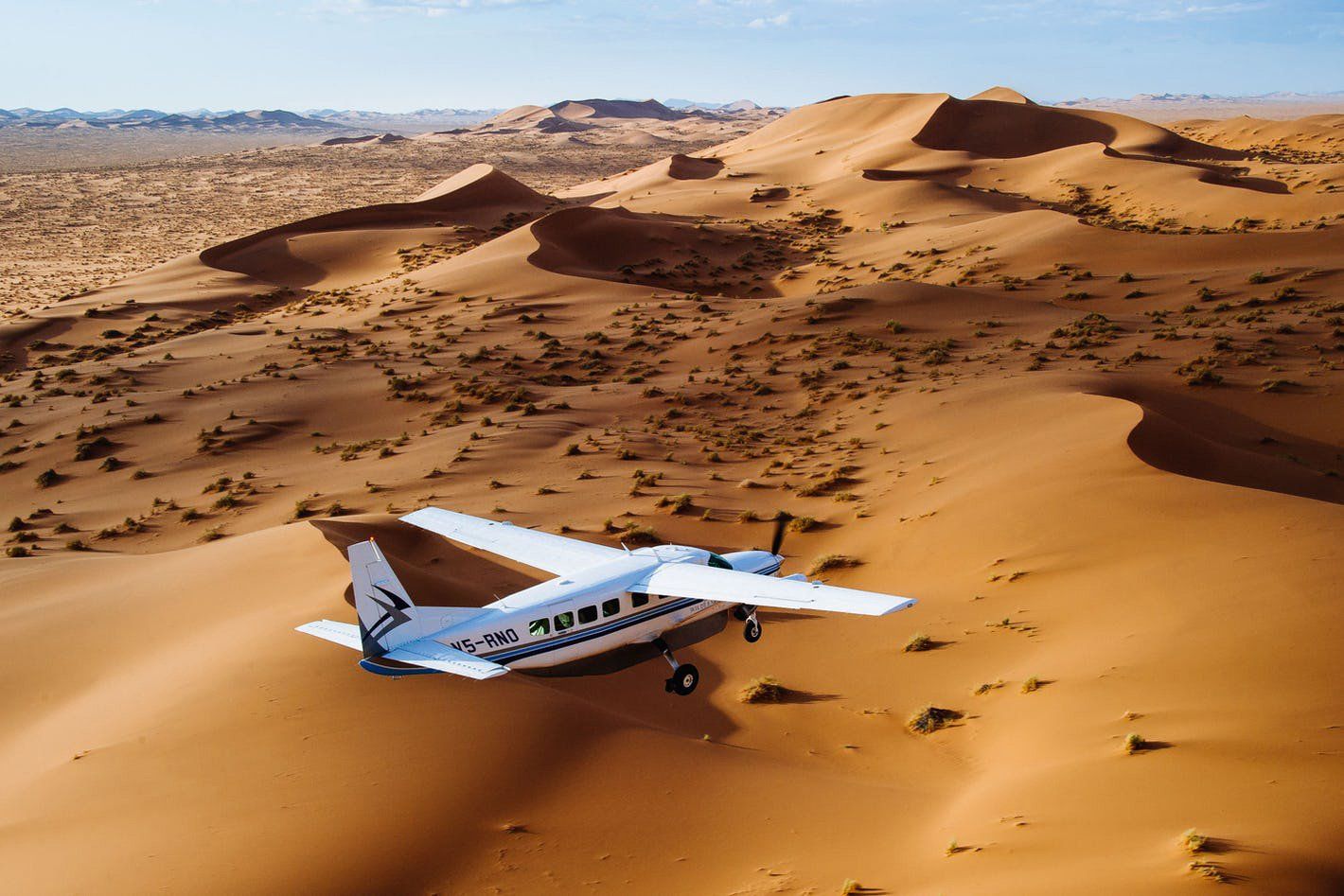Namibia, for all its spectacular natural beauty, is best know for its many inhospitable deserts and barren landscapes. There are few water sources and like all deserts, the seasons and temperatures jumps can be extreme.
As such there are definitely best seasons and seasons to avoid. At The Travel Cafe we love working with guests to find out what they most want to do, see and experience and then recommend the best time to visit based on their schedule.
For a more detailed breakdown, please click through to each region’s dedicated Destination Guide, where you will also find more details on the best time to visit that specific region.
Winter (June - September): Winter is our favourite season to visit Namibia. Rain is almost non-existent, and you can expect bright sunny days with average daily temperatures of 26°C / 78°F. Nights can get very chilly or even cold, so it is important to pack accordingly.
Winter is also the best season for nearly every sight of interest in Namibia. Etosha National Park, Namibia’s premier safari destination is particularly attractive in winter, as the animals are forced to congregate around waterholes due to the severe winter water shortage, and as a result you will be almost guaranteed an extraordinary safari.
The gorgeous Fish River Canyon, the world’s second largest canyon, also shows its best face in winter. If you wish to hike the world-famous Fish River Canyon Trail, this is the only season to go, before the heat arrives and makes this trail too perilous. During winter the Caprivi Strip, as green and lush as the rest of Namibia is dry, becomes the only source of water for hundreds of miles around, and is teaming with wildlife and guarantees good game viewing.
Spring (September - November) and Autumn (March - May): We are grouping these two seasons together, as they are very similar in Namibia. The so-called shoulder seasons are a very pleasant time to go to Namibia when the temperatures are on the rise in spring (or cooling down in autumn) and evenings are not quite as chilly as in winter. Spring is the best time to head to the wild and rugged Skeleton Coast, as it is birthing season for seals, with thousands of new-borns attracting solitary predators in search of an easy meal. Marine wildlife is very active in general with whales and dolphins being sighted along the coast. Sossussvlei National Park is equally as attractive in spring and autumn, when the highest dunes in the world sparkle in all golden, bronze and red hues under the sun.
Summer (December to March): Summer is our least favourite season to head to Namibia, primarily because of scorching temperatures. This is the season where it finally rains, albeit in very small quantities. This is desert country after all. These isolated downpours can result in small seasonal rivers, with wild flowers growing out of nowhere and wildlife congregating around puddles. While this is a beautiful and unusual spectacle, the heat is at its peak, and the temperatures can push the mercury to well above 40°C /105°F. Safaris are often less than optimal, as even the animals hide in the bushes in search of some shade.
Only Swakopmund, which has its own microclimate different from the rest of Namibia, is possibly at its best during summer, as the cool Atlantic breeze offers relief from the heat. However, Swakopmund’s weather and temperatures do not fluctuate too much and can be enjoyed any time of the year, so we at The Travel Cafe would recommend opting to travel during another season if at all possible.




